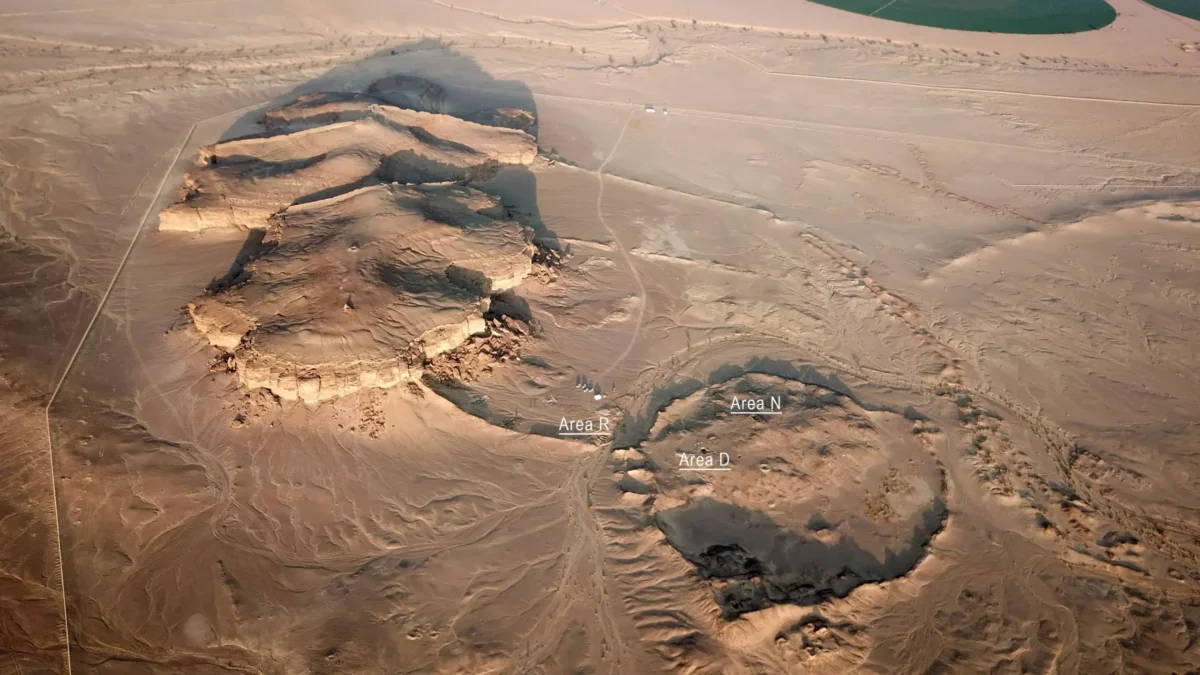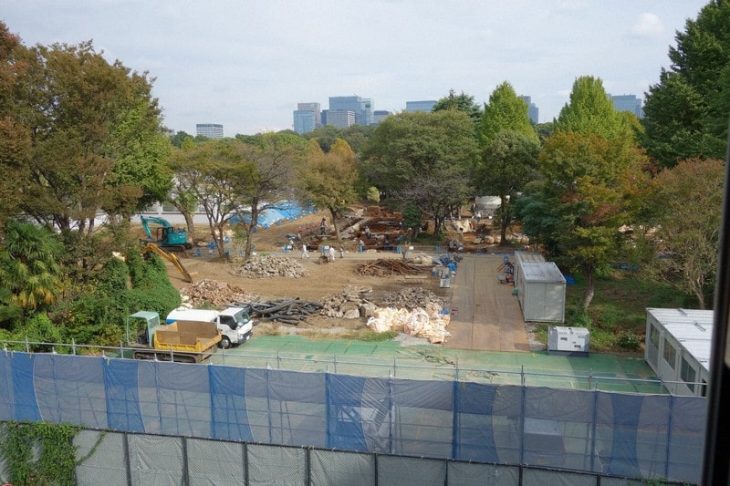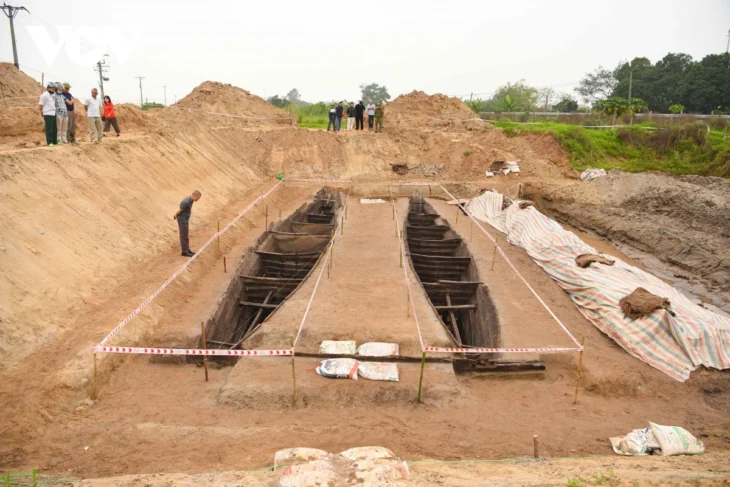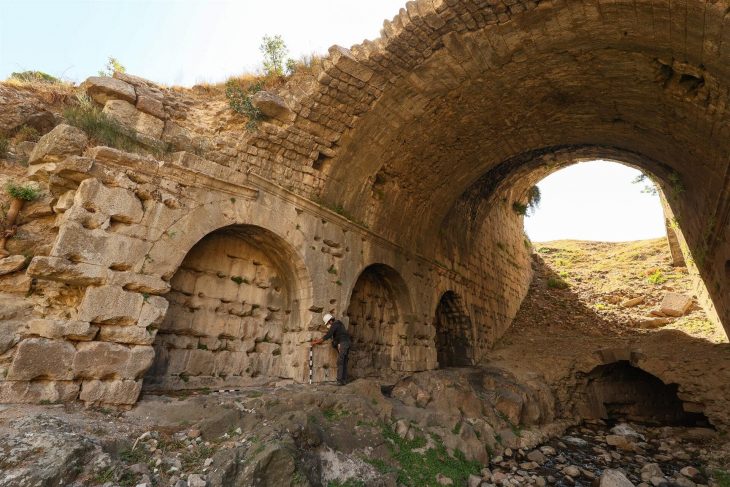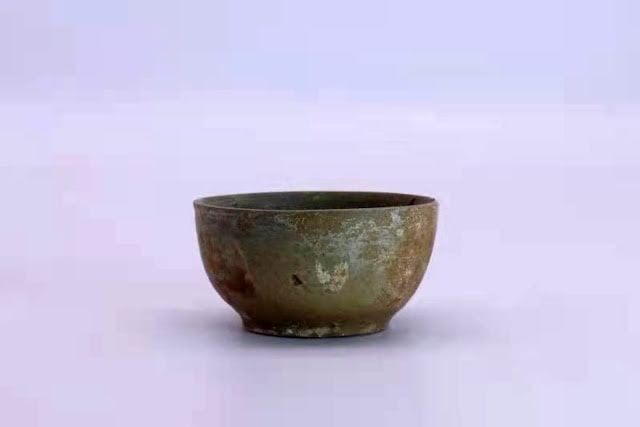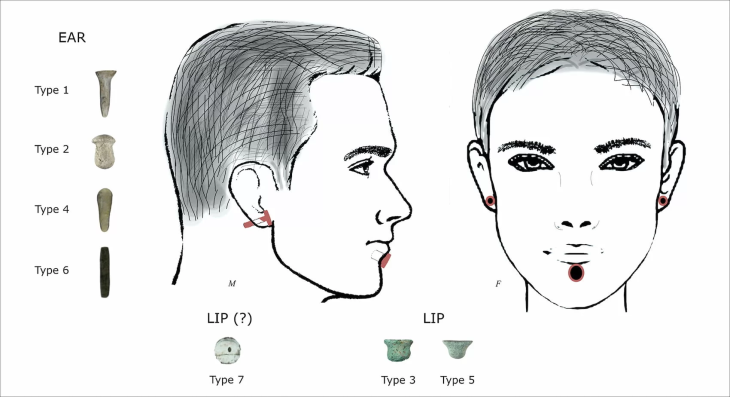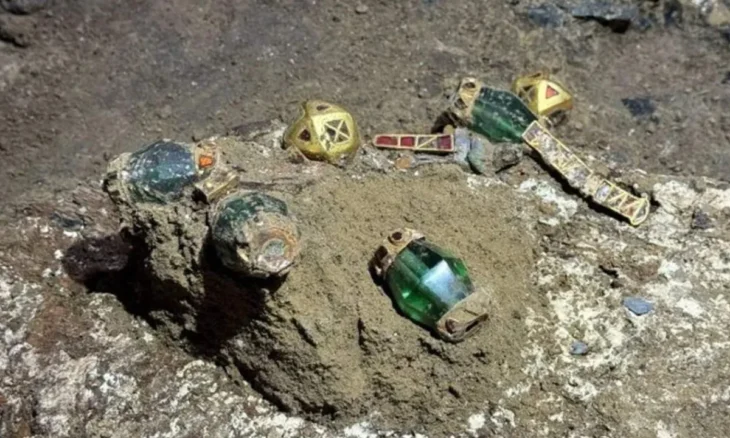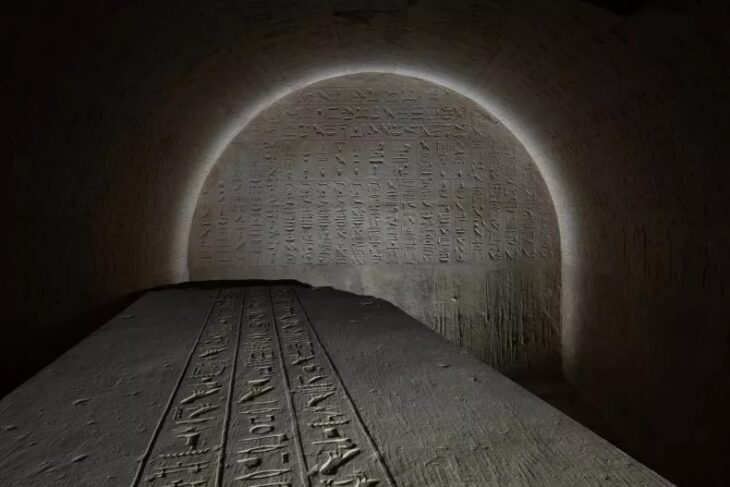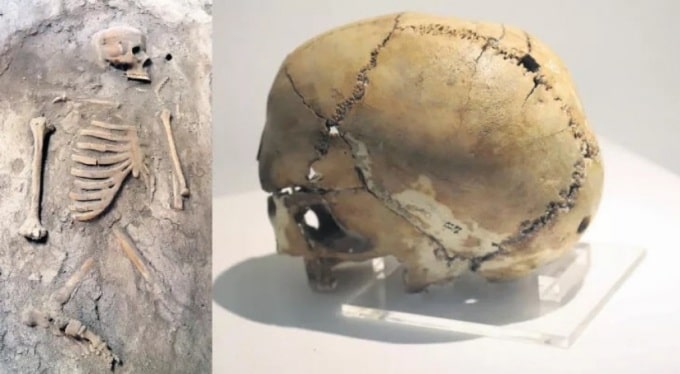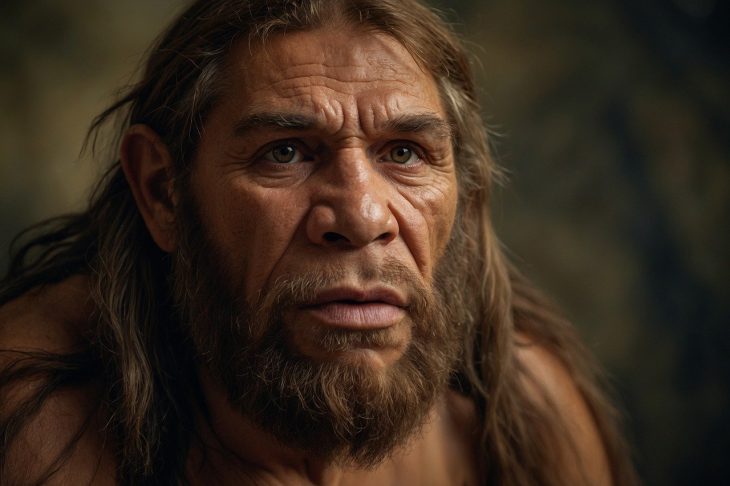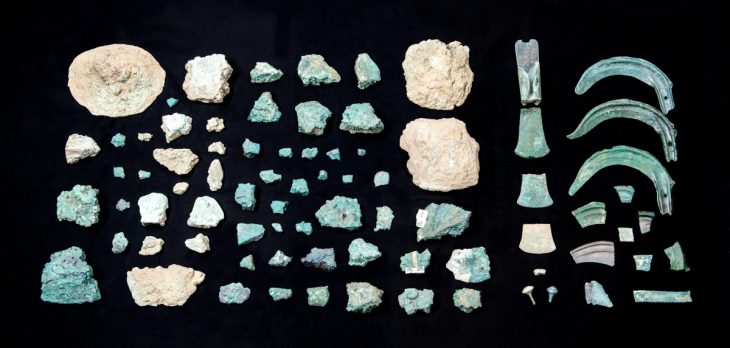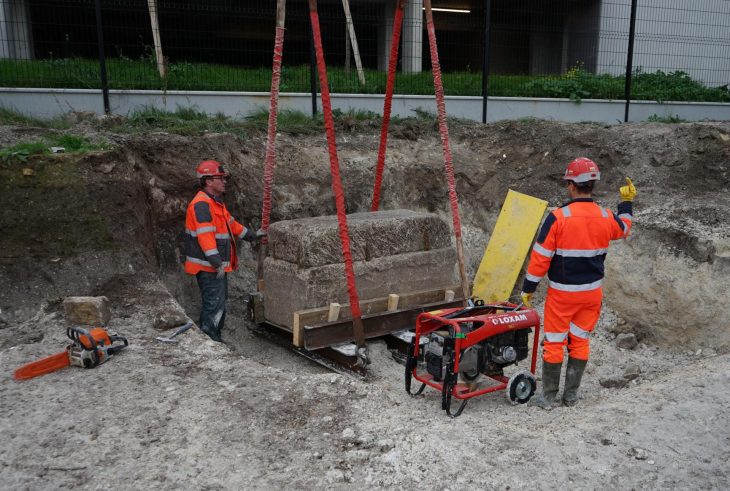In a remarkable archaeological breakthrough, scientists have uncovered the earliest known use of the psychoactive plant Peganum harmala—commonly known as Syrian rue or harmal—within a burial context in Iron Age northwestern Arabia.
This discovery, published in the journal Communications Biology by researchers from the Max Planck Institute of Geoanthropology and the University of Vienna, pushes back the timeline of psychoactive plant use in the Arabian Peninsula to over 2,700 years ago.
Ancient Smoke and Sacred Rituals: What Was Found?
The study analyzed organic residues from a unique multi-chambered tomb in Qurayyah, an oasis settlement in Saudi Arabia’s Tabuk province. Researchers identified chemical traces of beta-carboline alkaloids—namely harmine, harmaline, and tetrahydroharmine—on stone burners and associated artifacts. These compounds are known for their psychoactive, antimicrobial, and medicinal properties.
“The metabolic signatures point unambiguously to Peganum harmala, which was likely used in fumigation rituals during burial ceremonies,” explained Dr. Barbara Huber, lead author and archaeologist at the Max Planck Institute. “This is the first direct evidence of a psychoactive medicinal plant being used in Iron Age Arabian funerary practices.”
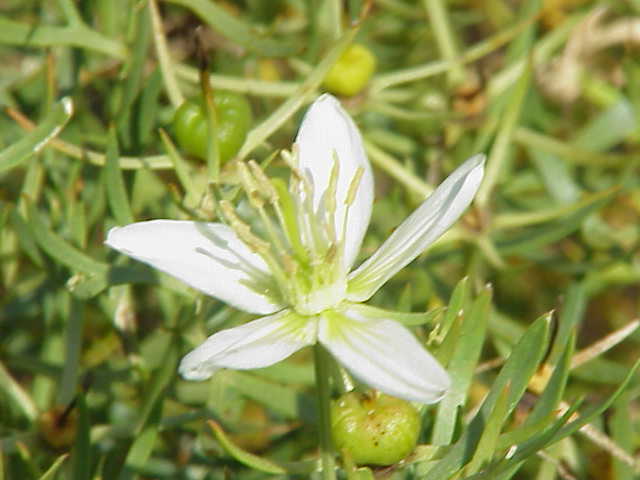
Cultural Significance of Peganum harmala
Traditionally used for its healing and protective qualities in regions stretching from the Mediterranean to South Asia, Peganum harmala has long played a role in ethnobotanical practices. It is still used today in incense rituals believed to ward off evil spirits or illness. This study suggests that its ritual use has deep prehistoric roots in Arabian culture.
📣 Our WhatsApp channel is now LIVE! Stay up-to-date with the latest news and updates, just click here to follow us on WhatsApp and never miss a thing!!
“This discovery radically changes our understanding of early Arabian societies,” said co-author Prof. Marta Luciani of the University of Vienna. “It reveals not just technological sophistication in extracting and using botanical compounds, but also a complex spiritual or medicinal worldview.”
A New Chapter in the History of Psychoactive Plants
While much attention has historically been given to psychoactive plant use in regions like South America or Central Asia, this research brings the Arabian Peninsula into the spotlight. It indicates that Iron Age communities were engaged in complex botanical knowledge systems, integrating psychoactive substances into their ceremonial life.
The findings were made possible through cutting-edge metabolomics—a technique allowing scientists to identify the chemical “fingerprints” left by ancient plant use. Collaboration with Saudi Arabia’s Heritage Commission enabled the study to combine archaeological, botanical, and biochemical expertise.
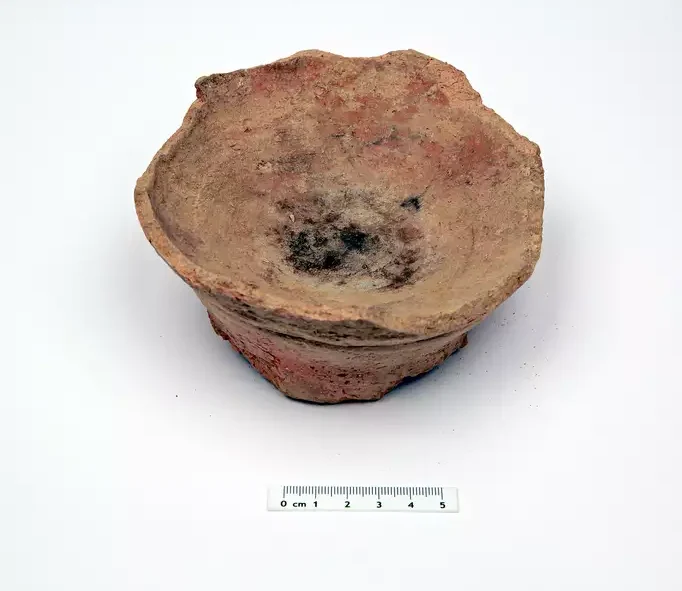
Implications for Archaeology and Ethnopharmacology
Beyond its historical importance, the research has broader implications for modern science. “This work helps bridge archaeological evidence with the study of traditional medicinal systems,” Dr. Huber said. “Understanding ancient plant use can inform both cultural history and pharmacological research.”
The interdisciplinary nature of this study exemplifies a growing trend in archaeology—using scientific techniques to unlock stories from the past once thought to be lost.
Max Planck Institute of Geoanthropology
Huber, B., Luciani, M., Abualhassan, A.M. et al. Metabolic profiling reveals first evidence of fumigating drug plant Peganum harmala in Iron Age Arabia. Commun Biol 8, 720 (2025). https://doi.org/10.1038/s42003-025-08096-7
Cover Image Credit: The settlement of Qurayyah in northwestern Saudi Arabia

